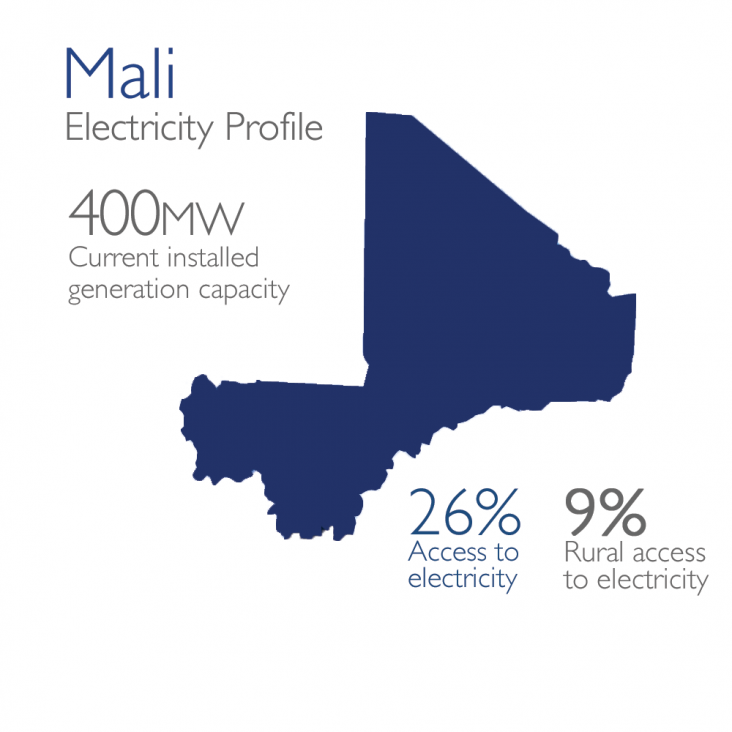- Where We Work
- Interactive Map
- Afghanistan and Pakistan
- Africa
- African Union
- Power Africa
- About Us
- How We Work
- Partners
- News & Information
- Power Africa Toolbox
- Where We Work
- Angola
- Benin
- Botswana
- Burkina Faso
- Burundi
- Cameroon
- Chad
- Côte d`Ivoire
- Democratic Republic of the Congo
- Djibouti
- Eritrea
- Ethiopia
- Gabon
- Gambia
- Ghana
- Guinea
- Guinea Bissau
- Kenya
- Lesotho
- Liberia
- Madagascar
- Malawi
- Mali
- Mauritania
- Mozambique
- Namibia
- Niger
- Nigeria
- Republic of Congo
- Rwanda
- Senegal
- Sierra Leone
- South Africa
- South Sudan
- Swaziland
- Tanzania
- Togo
- Uganda
- Zambia
- Trade and Investment Engagement
- Angola
- Benin
- Botswana
- Burkina Faso
- Burundi
- Cameroon
- Central Africa Regional
- Central African Republic
- Chad
- Côte d'Ivoire
- Democratic Republic of the Congo
- Djibouti
- East Africa Regional
- Ethiopia
- Ghana
- Guinea
- Kenya
- Lesotho
- Liberia
- Madagascar
- Malawi
- Mali
- Mauritania
- Mozambique
- Namibia
- Niger
- Nigeria
- Republic of the Congo
- Rwanda
- Sahel Regional
- Senegal
- Sierra Leone
- Somalia
- South Africa
- South Sudan
- Southern Africa Regional
- Sudan
- Swaziland
- Tanzania
- Uganda
- West Africa Regional
- Zambia
- Zimbabwe
- Asia
- Europe and Eurasia
- Latin America and the Caribbean
- Middle East
- Mission Directory
Mali
POWER AFRICA FACT SHEET

The main institutions sharing the responsibility in the energy sector in Mali are: The Ministry for Energy and Water (MEE), within MEE the national directories for energy (DNE), and Commission de Régulation de l'Electricité et de l'Eau (CREE)the regulatory authority of the water and electricity sector. As of 2014, Energie du Mali SA (EDM) has an estimated total installed capacity of around 400 MW, including both grid interconnected and isolated systems. Including cross border connections with Senegal, Mauritania and Ivory Coast as part of the West African Power Pool (WAPP) - this capacity increases to over 500 MW. In 2015 Scatec Solar, Norwegian project developer, signed an agreement with EDM and MEE to build a 33MW solar plant, the first utility scale solar plant in West Africa.
In 2005 AMADER, the Malian Agency for rural electrification and household energy, started the installation of 200 rural mini-grids (mainly diesel) funded by the World Bank. However fuel costs have limited the use of these installations run by private operators and NGOs. The World Bank and African Development Bank, through the Scaling up Renewable Energy Programme (SREP), has provided AMADER additional funding to convert these mini-grids from diesel to solar. Based on 2013 data, Mali’s national electrification rate reached 26%, (9% in rural areas, 53% in urban areas).
Sources:
- www.edm-sa.com.ml (last updated 05/27/2014)
- www.africa24.it







Comment
Make a general inquiry or suggest an improvement.